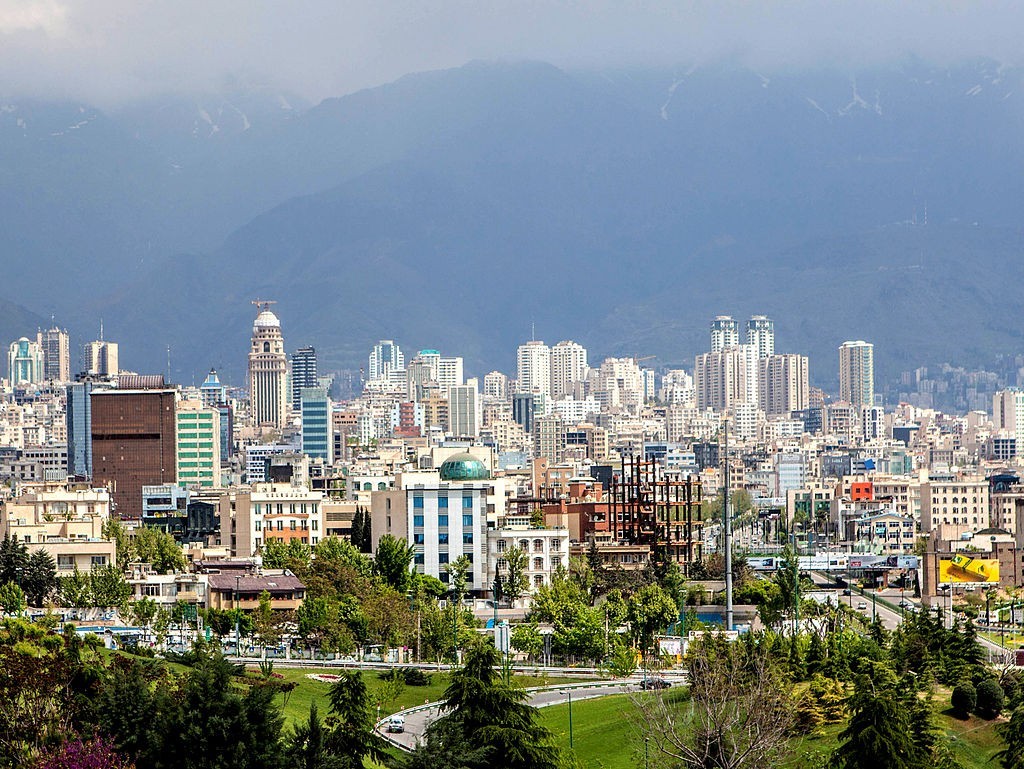
Iran’s success in boosting crude output to the most since late 2011 is no incentive for it to join OPEC partners in curbing production to shore up prices. With crude rallying, analysts see no immediate need for action.
Oil Prices are near the highest since November as supply interruptions in Nigeria, Libya and Venezuela balance an increase of 600,000 barrels a day in Iran’s April crude exports, according to data from the International Energy Agency. That reduces the “urgency” for Organization of Petroleum Exporting Countries members to agree to cap output when they meet next on June 2, said Richard Mallinson, an analyst with Energy Aspects Ltd. in London.
Iran has already added 700,000 barrels a day in new output in 2016, according to data compiled by Bloomberg. Increases are now likely to slow although the country is looking to bring at as much as 300,000 barrels a day of capacity this year on line at fields in the West Karoun region, said Tushar Tarun Bansal, an analyst in Singapore at FGE.
The Persian Gulf nation is rebuilding its energy industry and restore crude sales after the lifting of international restrictions in January. Seeking to ramp up output and exports to pre-sanctions levels, Iran refused to join other producers in a push to freeze output at a meeting last month in Doha. The talks, which Iran didn’t attend, ended in disagreement after Saudi Arabia refused to limit production without the participation of all members of the Organization of Petroleum Exporting Countries.
“Producers don’t need to freeze output because a balancing of supply and demand is happening already,” Bansal of consultant FGE said Thursday by phone. “Iran could come to the table and say, ‘We’re ready to freeze,’ but with OPEC producing near a record, it wouldn’t mean anything for the markets.”
Iranian crude production rose last month to levels last seen before sanctions were imposed more than four years ago, helping to drive OPEC output to the highest in almost eight years, the IEA said in its monthly report released Thursday. Iran pumped 3.56 million barrels a day in April, a rate it last reached in November 2011, the IEA said.
With prices up more than 60 percent from the 12-year low in January, Mallinson and Bansal said they’re not expecting OPEC to take any action next month. The IEA said markets are focused instead on whether Saudi Arabia, the world’s biggest crude exporter, will increase output to stop other producers, mainly Iran, from gaining market share.
Saudi Arabia can add more than a million barrels to production immediately if demand warrants it, Deputy Crown Prince Mohammed bin Salman said in an interview last month. Khalid Al-Falih, who was appointed Saudi oil minister on Saturday, said he would maintain his predecessor Ali al-Naimi’s policies of defending sales over targeting prices.
“The Saudis have been emphasizing that they don’t want to give up market share to other major OPEC producers,” Adam Sieminski, head of the U.S. Energy Information Administration, said in a Bloomberg Television interview. “That’s leading in the short-run to more oil production coming from OPEC.”
Supply disruptions in Nigeria, Venezuela and Libya and sliding output in the U.S. and Brazil are keeping Iran’s additional barrels from curtailing the crude-price rally. “There are more than enough factors to balance Iran’s recovery,” Mallinson said.
The Islamic Republic isn’t done adding production this year, Mallinson and Bansal said. Output from West Karoun, which will be sold as a new crude that’s heavier than Iran’s current blends, will rise by June or July, an official at National Iranian Oil Co. said Thursday, asking not to be identified since he’s not authorized to discuss production issues.
Iran is seeking to attract more than $100 billion in investment from international oil companies in a long-term plan to develop more than 70 crude and natural gas projects. The government will offer the first project development rights in tenders in late June, NIOC Managing Director Roknoddin Javadi said in Tehran on May 5.
Iran will double crude exports to 2 million barrels a day this month compared with sales before January when sanctions were lifted, Oil Minister Bijan Namdar Zanganeh said in a speech in Tehran Sunday. The IEA said Iran reached that level of exports last month.
Recommended for you
